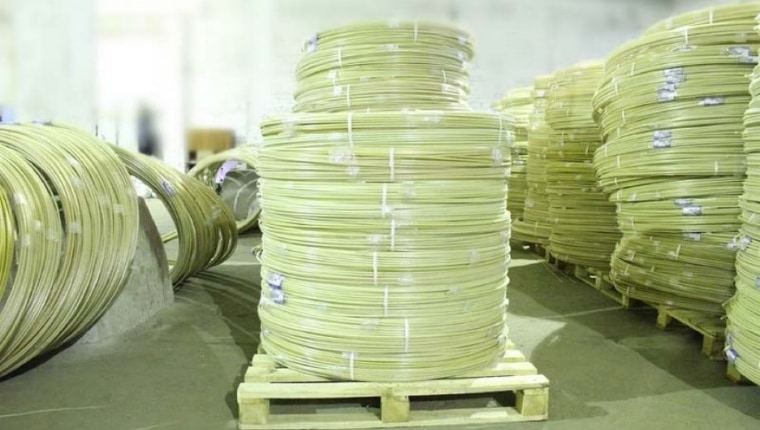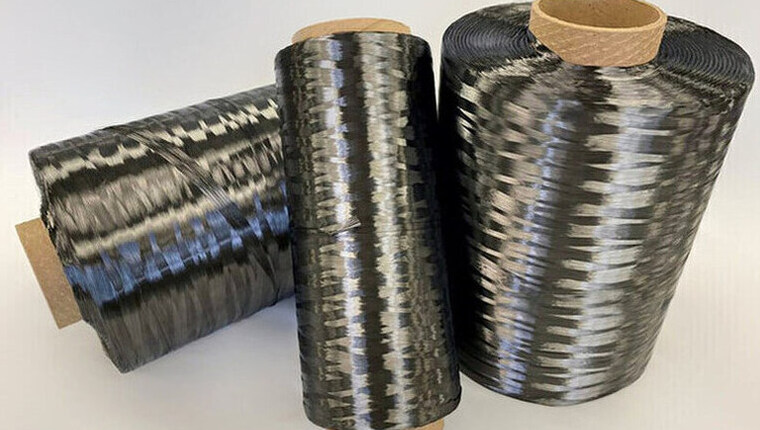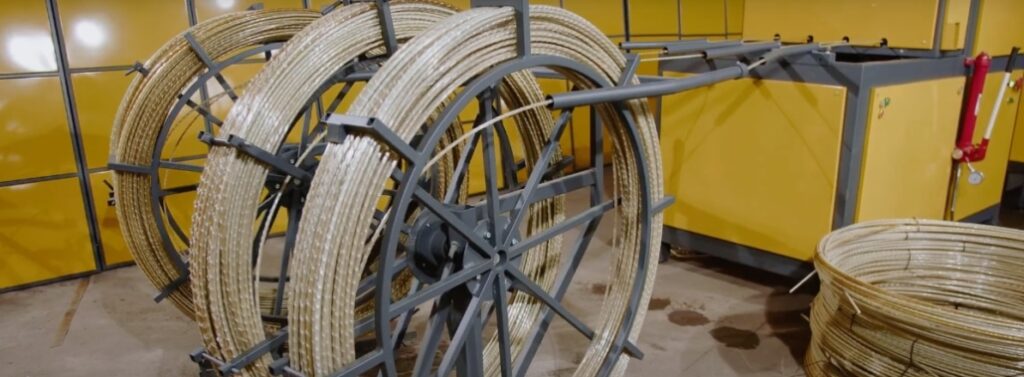La producción de varillas corrugadas compuestas, como nuestra CT-R-BAR, requiere materias primas de alta calidad para garantizar la máxima resistencia y durabilidad. En este artículo, analizaremos en detalle diversos tipos de fibra de vidrio y fibra de basalto, así como las propiedades de las resinas epoxi y poliéster. También analizaremos otras fibras que pueden utilizarse en la producción de varillas corrugadas y revisaremos las tendencias actuales en el mercado de materias primas.
Contenido
Materias primas utilizadas en la producción de varillas de refuerzo compuestas
Fibra de vidrio
La fibra de vidrio es uno de los principales materiales utilizados en la producción de varillas corrugadas compuestas. Posee alta resistencia y resistencia a la corrosión. La fibra de vidrio se divide en varios tipos, como el vidrio E, el vidrio S y el vidrio AR. Cada uno de estos tipos tiene sus propias propiedades:
Vidrio E: Este tipo de fibra de vidrio tiene excelentes propiedades eléctricas y mecánicas, lo que la convierte en la opción más común para la producción de varillas de refuerzo.
Vidrio S: Tiene mayor resistencia y resistencia térmica en comparación con el vidrio E, lo que lo hace ideal para aplicaciones de alto estrés.
Vidrio AR: Proporciona una mayor resistencia a los álcalis, lo que es importante para su uso en entornos químicos agresivos.


Fibra de basalto
La fibra de basalto es una alternativa a la fibra de vidrio y ofrece diversas ventajas, como alta resistencia, resistencia a altas temperaturas y resistencia a la corrosión. La fibra de basalto se fabrica a partir de basalto natural y presenta las siguientes características:
Alta resistencia a la tracción: Hasta 4800 MPa, lo que lo convierte en una excelente opción para el refuerzo de hormigón.
Resistencia térmica: Puede soportar temperaturas de hasta 1000°C sin perder sus propiedades.
Respeto al medio ambiente: Hecho de material natural y no contiene químicos nocivos.


Otras fibras
Además de la fibra de vidrio y fibra de basalto, se pueden utilizar otras fibras en la producción de varillas de refuerzo compuestas, como la fibra de carbono y la fibra de aramida:
- Fibra de carbono: Tiene una resistencia y rigidez excepcionales, pero es significativamente más cara en comparación con otras fibras.
- Fibra de aramida: Es conocido por su alta resistencia al impacto y a la abrasión, pero también tiene un costo más elevado.
Resina epoxi y poliéster
Las resinas de alta calidad también son necesarias para la producción de varillas corrugadas compuestas. Las resinas epoxi y de poliéster son las más utilizadas:
- Resina epoxídica: Presenta excelente adhesión a las fibras, alta resistencia mecánica y química. Garantiza la durabilidad y fiabilidad de la varilla corrugada.
- Resina de poliéster: Más asequible y fácil de usar, pero sus propiedades mecánicas y resistencia química son algo inferiores en comparación con la resina epoxi.


Beneficios económicos de varillas de refuerzo compuestas
Recientemente, el precio de las materias primas para la producción de varillas corrugadas compuestas ha disminuido significativamente. Esto hace que el negocio de producción de varillas corrugadas sea altamente rentable. Por ejemplo, el precio de la fibra de vidrio se ha reducido en 201 TP5T durante el último año, y el costo de la resina epoxi ha disminuido en 151 TP5T. Estos cambios permiten una reducción costos de producción y una mayor rentabilidad.
Características específicas
Para comprender la calidad y elegir las materias primas adecuadas, es importante tener en cuenta las características específicas del roving y la resina:
- Fibra de vidrio (vidrio E):Resistencia a la tracción – hasta 3450 MPa, módulo de elasticidad – 73 GPa.
- Fibra de basalto: Resistencia a la tracción: hasta 4800 MPa, módulo de elasticidad: 89 GPa.
- Resina epoxídica: Resistencia a la tracción – 80-120 MPa, módulo de elasticidad – 2,5-4 GPa.
- resina de poliéster:Resistencia a la tracción – 40-90 MPa, módulo de elasticidad – 2-3,5 GPa.
Conclusión
La elección de materias primas de alta calidad para la producción de varillas corrugadas compuestas es clave para garantizar su resistencia y durabilidad. Actualmente, la disminución de los precios de las materias primas abre nuevas oportunidades para aumentar la rentabilidad del negocio. Esperamos que esta guía le ayude a comprender mejor los diferentes materiales y sus propiedades para que pueda elegir la opción adecuada para su producción.
Para obtener información más detallada sobre nuestros equipos y productos, como CT-R-BAR, visite nuestro sitio web en composite-tech.com.

